✓ Joining us on our Whatsapp Channel: 💬 Explore and Escape!.
Booking through us:
✓ 🏩 🛌 Handpicked Luxury Stays in Budget: Booking.com | Agoda.com
✓ 🍹⛱️ Deals on Private xfers, SIM Cards, City tours, Day trips : 📍🗺️ GetYourGuide | 🛵🧳 Klook
There are great many things to do in Japan, and so are in Nagasaki.
Nagasaki, a city of history and resilience, beckons with a myriad of hidden treasures waiting to be explored like pearls in an oyster.
Without further ado listed below are some of the most fun things to do in Nagasaki:
1. Nagasaki Atomic Bomb Museum
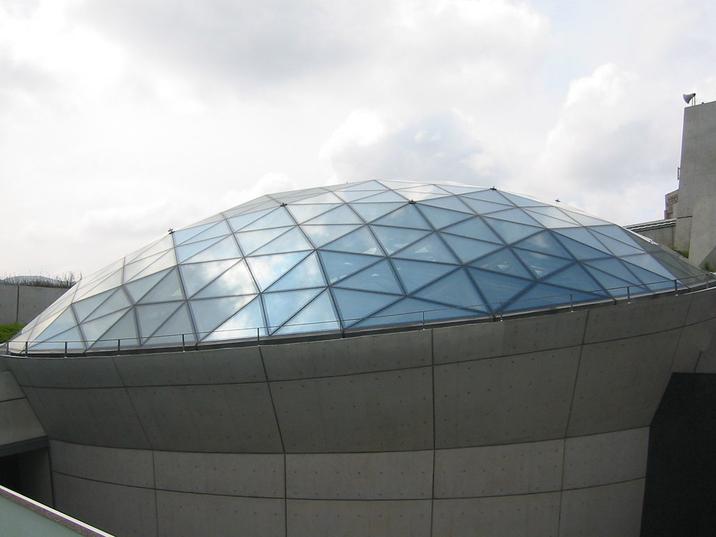
The Nagasaki Atomic Bomb Museum is a poignant museum dedicated to educating visitors about the devastation caused by the atomic bomb that was dropped on Nagasaki during the final stages of World War II.
What to see or do: The museum showcases the impact of the bomb on the city, including personal accounts of survivors, photographs, and artifacts.
Visitors can view remnants of the explosion, such as a clock that stopped at the exact moment of the blast, a twisted tricycle, and a watch that melted in the intense heat.
Don’t miss: The Peace Park adjacent to the museum is a tranquil space dedicated to world peace and serves as a solemn reminder of the devastation caused by nuclear weapons.
Visitors can also see the iconic Peace Statue, a large bronze sculpture depicting a seated women holding up an outstretched arm as if to call for peace.
Insider travel tips: Be prepared for an emotional experience when visiting the museum and surrounding area. It’s recommended to give yourself plenty of time to explore and reflect on the exhibits.
Additionally, the museum has English translations and audio guides available for non-Japanese speakers.
2. Glover Garden
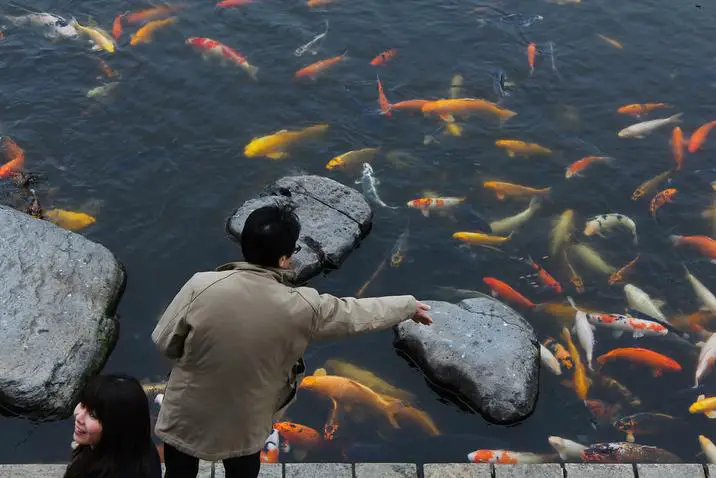
Glover Garden is a charming open-air museum located on a hill overlooking Nagasaki Bay, which is dedicated to Thomas Blake Glover, a Scottish merchant who played a major role in modernizing Japan during the late 19th century.
What to see or do: Visitors can stroll through the picturesque gardens and admire the beautifully restored Western-style homes, which provide a glimpse into what life was like for foreign residents in Nagasaki during the Meiji era.
The museum also houses an exhibition on Glover’s life and contributions to Japan.
Don’t miss: Be sure to check out the stunning views of Nagasaki Bay from the top of the hill, and don’t miss the chance to see the impressive steamship engine, which is one of the only surviving examples of its kind in Japan.
Insider travel tips: For the best experience, visit on a clear day to fully appreciate the views.
Additionally, it’s worth getting a guide to learn more about the history and significance of the museum, as the information provided on-site can be limited.
Finally, be aware that the hill can be steep and there are many stairs, so wear comfortable shoes and be prepared for a bit of a workout.
3. Oura Catholic Church
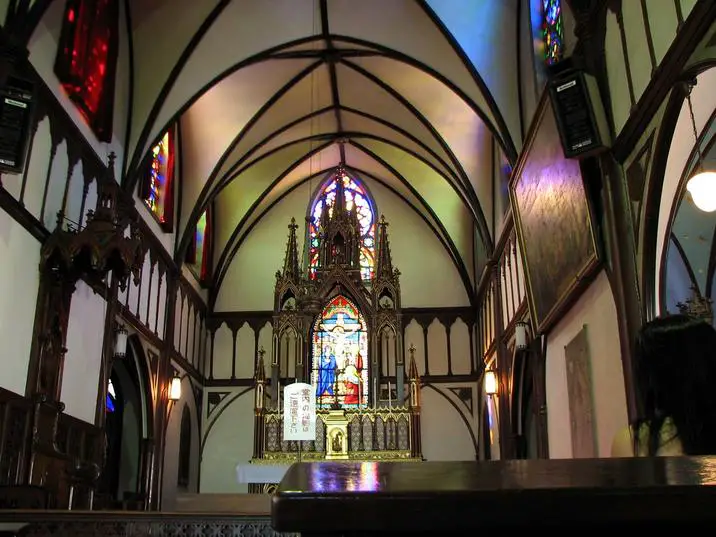
Oura Catholic Church is a historic church located in Nagasaki, Japan. It is one of the oldest churches in the country and is designated as a National Treasure.
What to see or do: Visitors can admire the beautiful architecture of the church, which features a mix of Western and Japanese design elements.
Be sure to check out the stained glass windows and the altar, which were made in France and combined with Japanese woodwork to create a unique aesthetic.
Don’t miss: Don’t miss the Oura Catholic Church Museum, which is located adjacent to the church. It showcases the history of Catholicism in Japan and the story of the church’s construction.
Insider travel tips: – Visit the church early in the morning to avoid crowds and get the best lighting for photos.
4. Hashima Island (Gunkanjima)
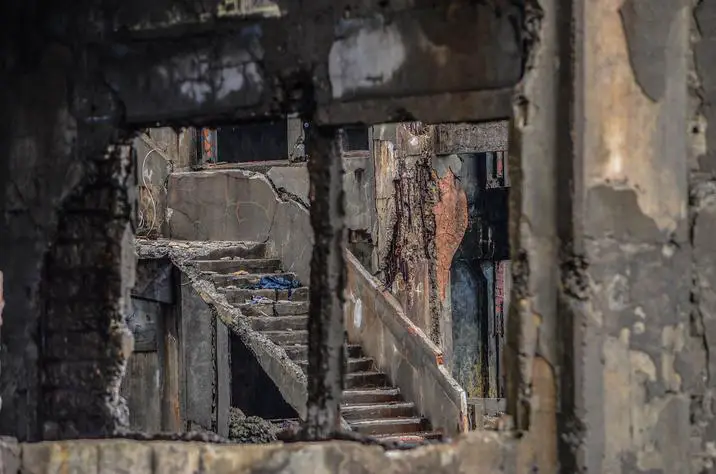
Hashima Island, also known as Gunkanjima, is an abandoned island located off the coast of Nagasaki, Japan. The island is famed for its well-preserved ruins and its unique history.
What to see or do: Explore the abandoned buildings, schools, and apartment blocks. Walk through the deserted streets and capture stunning photos of the ruins.
Take a boat tour around the island and learn about its history.
Don’t miss: The famous Hashima Island staircase, which appears in the James Bond movie “Skyfall”.
The island also features a museum with exhibits showcasing the lives of the coal miners who lived and worked on the island.
Insider travel tips: Book your boat tickets in advance as they tend to sell out quickly. Additionally, be aware that the island is only accessible during calm weather conditions, so check the weather forecast beforehand.
Take plenty of water and snacks as there are no shops on the island. Lastly, wear comfortable shoes as the island is quite steep and uneven.
5. Nagasaki Peace Park
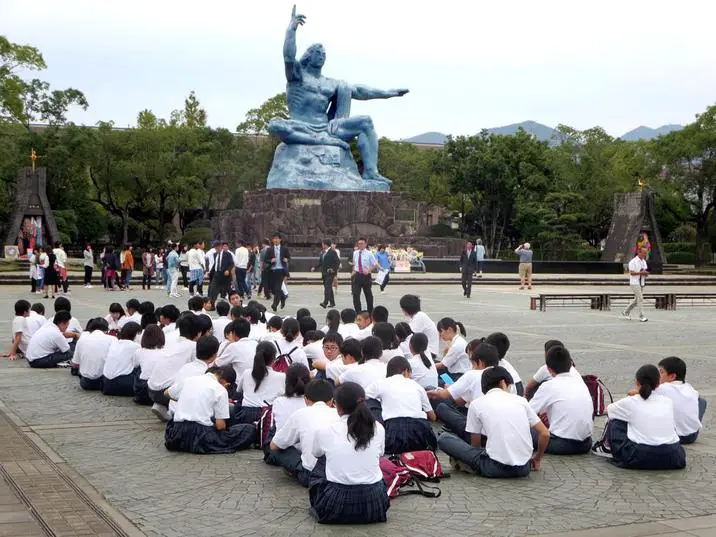
Nagasaki Peace Park is a memorial park dedicated to the victims of the atomic bombing of Nagasaki by the United States during World War II.
What to see or do: Visitors can see a plethora of haunting monuments, sculptures, and memorials that pay tribute to the victims of the bombing. The park also has a museum that showcases the horrors of nuclear warfare and its aftermath.
Don’t miss: The centerpiece of the park is the Peace Statue, which was created by a sculptor named Seibo Kitamura.
The statue’s right hand points to the sky as a symbol of the atomic bomb, while the left hand is extended as a gesture of peace.
Insider travel tips: Make sure to visit the park early in the morning when it’s less crowded to fully soak in the melancholic atmosphere.
Also, be respectful of the memorial and remember that it serves to honor the memory of those who suffered and died in the bombing.
6. Nagasaki National Peace Memorial Hall for the Atomic Bomb Victims
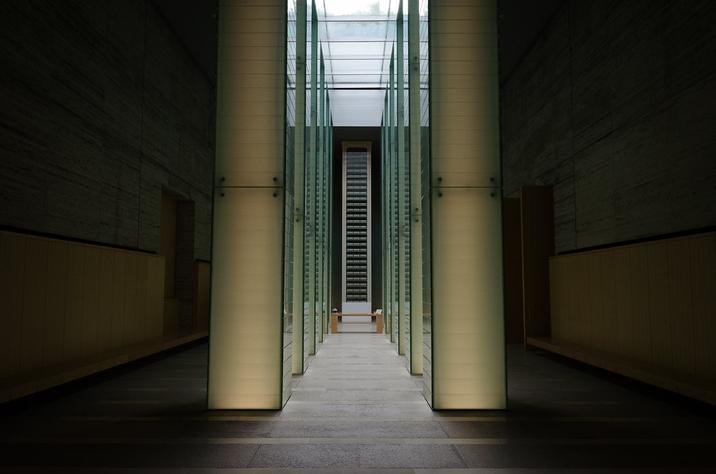
The Nagasaki National Peace Memorial Hall for the Atomic Bomb Victims is a museum dedicated to remembering and honoring the victims of the atomic bomb that was dropped on Nagasaki on August 9, 1945.
What to see or do: Visitors can learn about the history and impact of the atomic bomb through exhibits and displays. The museum also houses a library and an archive containing over 6,000 personal stories and testimonies.
Don’t miss: The Memorial Hall’s main feature is the Hall of Remembrance, which is a peaceful and contemplative space adorned with water and light.
Visitors can light a candle in remembrance of the victims and reflect on their experiences.
Insider travel tips: The Memorial Hall is located within walking distance of the Atomic Bomb Museum and the Peace Park, and visitors often visit all three in one day.
It is recommended to start your day early to avoid crowds and leave time to take in all of the exhibits and displays.
Audio guides are available in multiple languages for a more immersive experience.
7. Nagasaki Lantern Festival
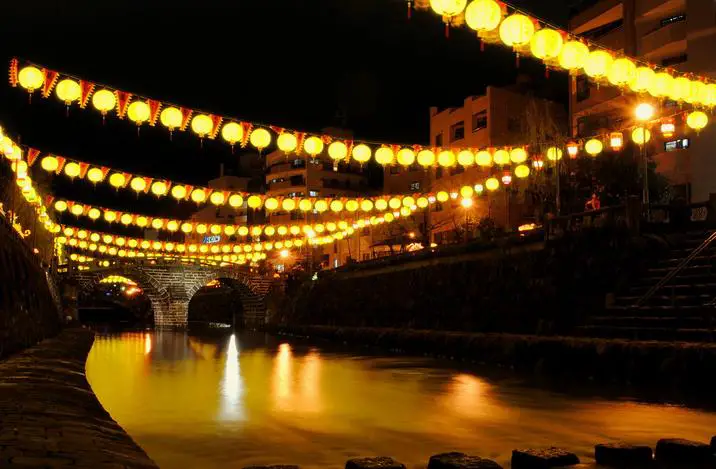
The Nagasaki Lantern Festival is an annual event held in Nagasaki, Japan, to celebrate the Chinese New Year.
What to see or do: Visitors can wander through the city’s illuminated streets and admire the fantastic displays of thousands of colorful lanterns. The festival also features traditional Chinese performances, firework shows, and delicious food stalls.
Don’t miss: The highlight of the festival is undoubtedly the giant dragon made out of lanterns, which is paraded through the city streets by a team of performers.
Insider travel tips: – To avoid the crowds, it’s best to visit the festival on weekdays or early in the morning.
8. Dejima Museum
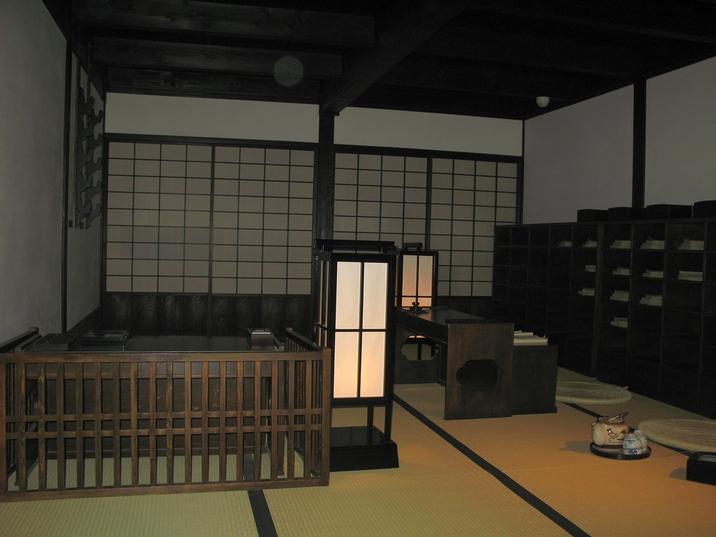
Dejima Museum is a historical site that showcases the unique history of Nagasaki as one of the few Japanese ports that allowed foreign trade during Japan’s isolation period.
What to see or do: Visitors can explore the life-sized replica of Dejima, which was a man-made island used as a trading post for Dutch merchants during the 17th and 18th centuries.
The museum exhibits include artifacts from the Dutch and Chinese traders, as well as the lives of the locals during the period.
Don’t miss: Do not miss the opportunity to explore the inside of the replica of the Higashi-Yamate Western-style house, built during the Meiji period.
It was once home to two prominent merchants, and visitors can see the imported furniture and art that blends traditional Japanese aesthetics with western designs.
Insider travel tips: Avoid visiting during the crowded times, as it can make it hard to appreciate the exhibits fully.
Also, be sure to take time to walk around the surrounding park, which is another peaceful place to ponder the city’s past and present.
9. Mount Inasa
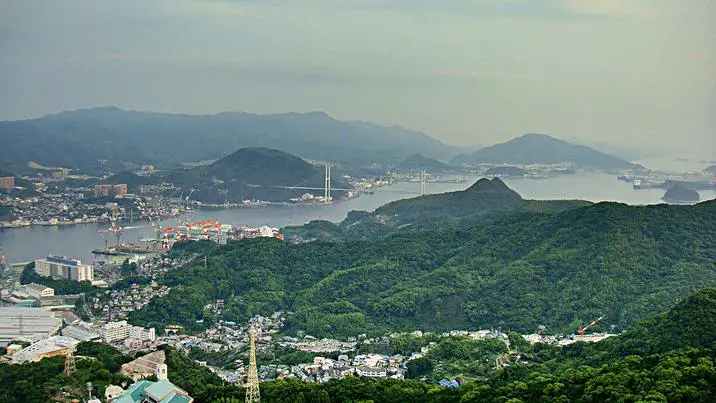
Mount Inasa is a 333-meter-high mountain located in Nagasaki, Japan, that offers stunning panoramic views of the city and its surroundings.
What to see or do: Visitors can reach the summit via a cable car or by car and enjoy the breathtaking views of Nagasaki city, its harbor, and the surrounding mountains.
At night, the city lights up like a starry sky, creating a romantic and magical atmosphere.
Don’t miss: The observation deck at the summit is a must-visit spot. It offers a 360-degree panoramic view of the entire city and is a perfect spot to take memorable photos.
Insider travel tips: For the best experience, visitors should plan to visit Mount Inasa on a clear day or night when visibility is high.
The cable car ride to the summit takes about 5 minutes, but it can get crowded during peak hours. It’s advisable to buy tickets online in advance to avoid waiting in line.
Also, visitors can save money by purchasing a round-trip cable car ticket instead of a one-way ticket.
Finally, there is a restaurant at the summit serving food and beverages, which is an excellent spot to relax and enjoy the view.
10. Suwa Shrine
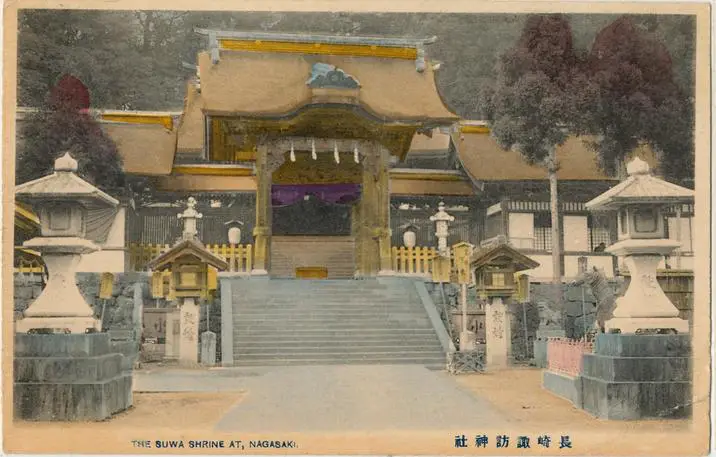
Suwa Shrine is a Shinto shrine located in Nagasaki, Japan. It was established in the 16th century and has been a significant place of worship in the city since then.
What to see or do: The shrine is known for its beautiful architecture, including the distinctive torii gate and red bridges within the complex. Visitors can walk around the shrine and admire the intricate details of the buildings and statues.
The shrine is also located on a hill, providing a stunning view of Nagasaki city.
Don’t miss: Make sure to visit the main hall, which houses the enshrined deity, and the smaller shrine dedicated to Inari, the god of agriculture.
Visitors can also purchase omamori (amulets) and ema (wooden plaques for wishes) at the shrine’s gift shop.
Insider travel tips: If possible, time your visit to Suwa Shrine in April when the cherry blossoms are in full bloom. Also, wear comfortable shoes as there are a lot of stairs to climb up to the shrine.
Finally, take a moment to enjoy the peaceful atmosphere and reflect on the history and significance of this important religious site.
11. Kofuku-ji Temple
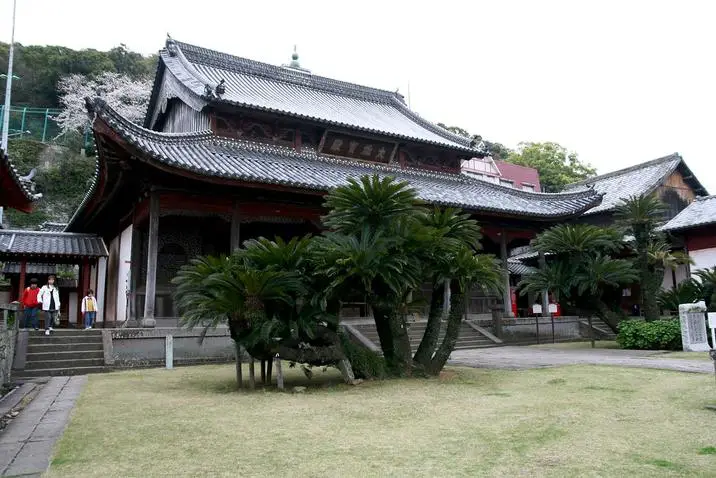
Kofuku-ji Temple is a historic Buddhist temple located in the heart of Nagasaki, Japan.
What to see or do: Visitors can explore the temple’s main hall and admire the impressive collection of Buddhist statues and other artifacts. The temple’s five-story pagoda is also a must-see attraction, offering stunning views of the surrounding area from the top.
Don’t miss: Be sure to catch a glimpse of the temple’s famous bronze statue of a reclining Buddha, which is said to be the largest of its kind in Japan.
Visitors can also participate in a traditional Buddhist ceremony or meditation session.
Insider travel tips: Make sure to bring a pair of comfortable shoes, as there is plenty of walking to be done on the temple grounds.
It is also a good idea to plan your visit for early in the morning or later in the afternoon, as this is when the crowds tend to be smaller and the atmosphere more tranquil.
12. Nagasaki Penguin Aquarium
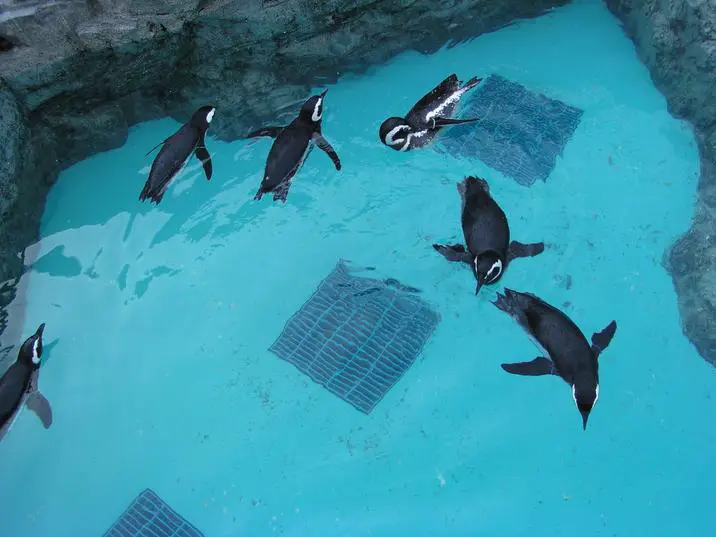
Nagasaki Penguin Aquarium is a popular tourist attraction in Nagasaki, Japan that houses a variety of penguin species.
What to see or do: Visitors can expect to see various indoor and outdoor exhibits that showcase different types of penguins and their habitats.
The aquarium features a penguin playground, a large tank with a walk-through tunnel, and a penguin parade where these adorable birds walk past visitors.
Don’t miss: Don’t miss the opportunity to observe the king penguins which are the largest species of penguin. Also, the feeding time for the penguins is a fascinating sight to behold.
Insider travel tips: Make sure you arrive early to avoid the crowds. The outdoor exhibits are closed during winter, so it’s best to visit during the warmer months.
Don’t forget to try the penguin-themed snack at the café!
13. Nagasaki Chinatown
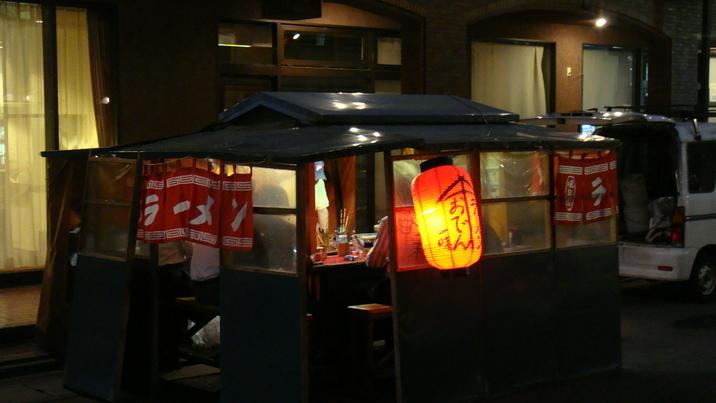
A vibrant and colorful neighborhood in Nagasaki that showcases Chinese culture and cuisine.
What to see or do: Enjoy authentic Chinese food at the numerous restaurants and food stalls. Take a stroll through the colorful streets and admire the traditional architecture.
Check out the various shops selling Chinese products and souvenirs.
Don’t miss: The Nagasaki Lantern Festival, which takes place in February and features stunning illuminated lantern displays and traditional Chinese performances.
Insider travel tips: Try to visit during the day and night to fully experience the charm of Nagasaki Chinatown.
Some restaurants can get quite busy during peak hours, so it’s recommended to arrive early or make a reservation in advance.
Don’t forget to try the popular Chinese dish, Chanpon!
14. Omura Park
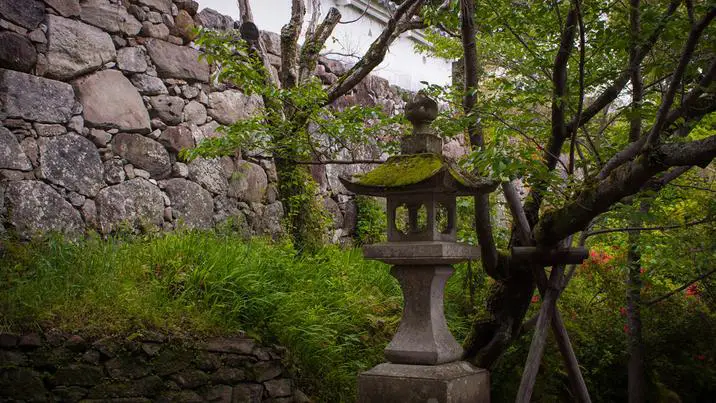
Omura Park is a historic park located in Omura, Nagasaki Prefecture, Japan. The park was established in 1888 on the site of Omura Castle, which was constructed in the late 16th century.
What to see or do: Visitors can enjoy a stroll through the picturesque park, which features cherry blossom trees, a traditional Japanese garden, and a moat.
There is also a museum on the grounds that showcases the history of Omura Castle and the surrounding area.
Don’t miss: The park’s centerpiece is a beautiful five-story pagoda, which was built in 1624 and is one of the oldest existing pagodas in Japan.
The pagoda is especially stunning when illuminated at night during cherry blossom season.
Insider travel tips: – Omura Park is best visited during cherry blossom season in the spring, when the park is covered in pink blooms.
15. Nagasaki Museum of History and Culture
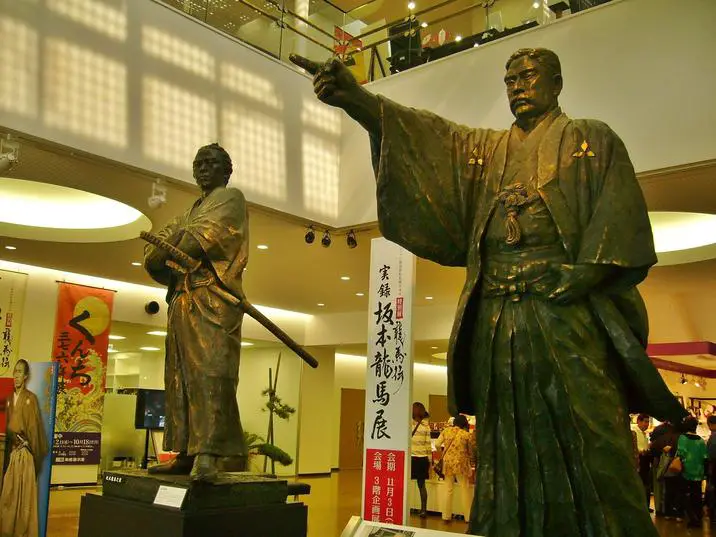
Nagasaki Museum of History and Culture is a museum that showcases the rich cultural and historical heritage of Nagasaki city.
What to see or do: Visitors can explore various exhibits that cover the history of Nagasaki and its significance as a cultural melting pot and international trade center.
The museum houses artifacts, photographs, and documents that reveal details about Nagasaki’s past and present.
Don’t miss: Make sure to see the full-scale replica of the Dejima Trading Post, which was once a Dutch trading base in Japan and played a vital role in the exchange of goods and ideas between Japan and the Western world.
Insider travel tips: Consider buying the combination ticket that includes admission to the nearby Nagasaki Atomic Bomb Museum and Peace Park to fully understand the events that shaped modern-day Nagasaki.
Plan to spend a few hours at the museum to get the most out of your visit.